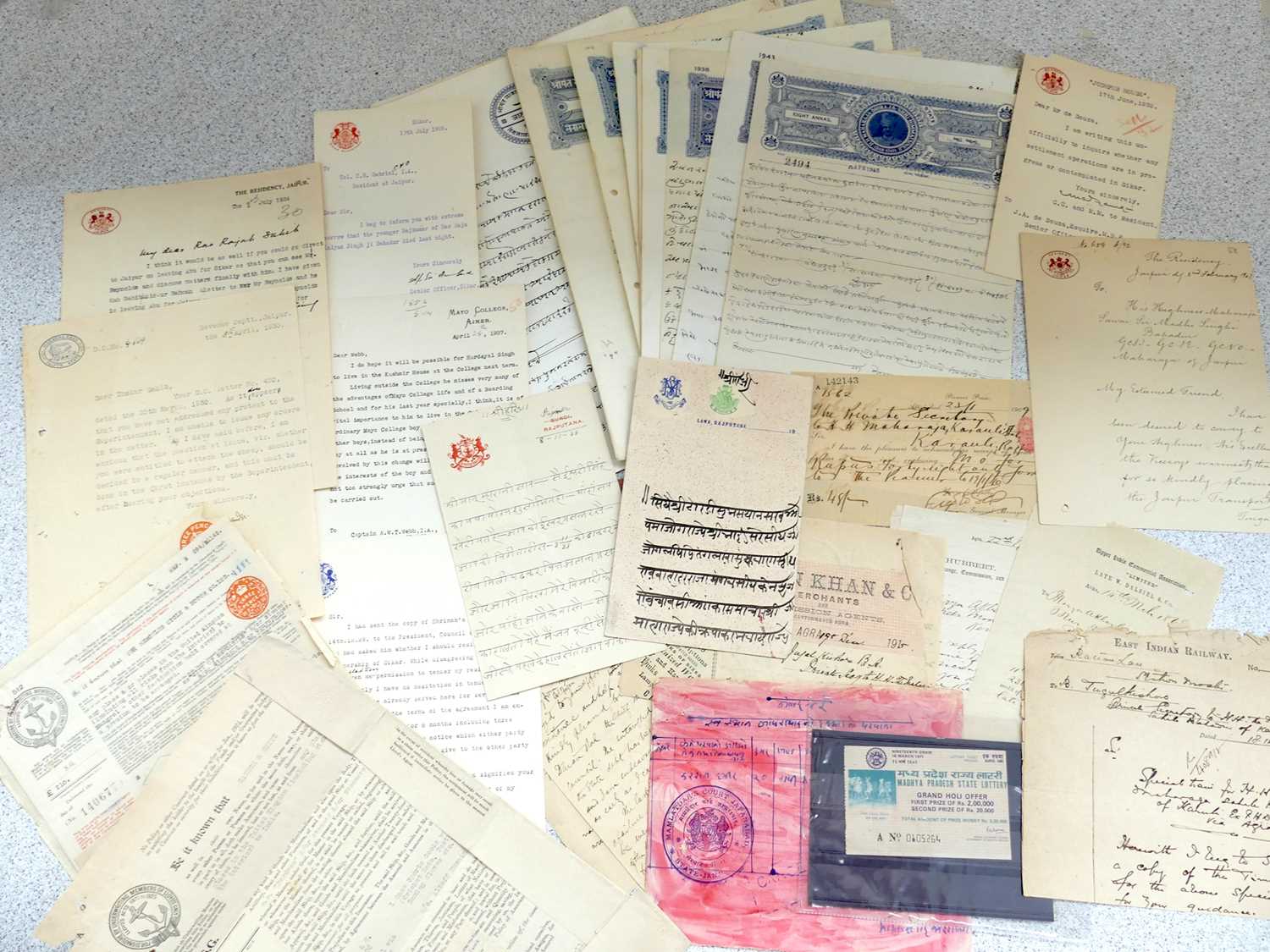East meets West through the Looking Glass
Our 10th December Fine Art & Antiques auction includes this stunning example of Chinese export reverse painting on glass of a mandarin scholar and his pupil. This intriguing art form has an interesting history which ties together Western art, maritime trade, and Eastern entrepreneurialism.
Reverse painting on glass is an art form whereby paint is applied to a piece of glass and then the image is viewed by looking through the glass from the other side. This requires details that are normally painted first to be painted last, and vice versa. The main difference to stained glass is that reverse glass painting are usually used as wall paintings with lights reflecting on them, rather than light going through them.
Originally used for sacral paintings since the medieval era, and particularly in the art of Byzantium icons, painting on glass later spread to Italy where in Venice it influenced Renaissance art. The spread of glass painting to China was tied up with east-west maritime trade, and was possibly introduced by Jesuit missionaries in the mid-seventeenth century.Chinese reverse
Missionaries skilled in painting and a group of European artists who took up residence in the Qianlong imperial court could have trained local artists in oil painting on glass. Interestingly, the art form never really took off in China itself, and was almost exclusively used for export - with mirrors being shipped in from Europe and the US, painted by Chinese artists, then shipped back. Export painting workshops flourished in the 18th century, particularly around Canton. These workshops offered glass paintings in a range of Western and hybrid subject matter, though copies of Western paintings and prints were especially popular. By the mid 19th century Chinese reverse glass paintings were exported in huge quantities.
The fetish for all things exotic means that these paintings were popular in English country house collections throughout the 18th Century and later; their vibrant colours and mysterious scenes gave an air of fashionable sophistication to their owners, who may never have set foot on Chinese soil. Our painting comes from a deceased estate here in Bury St Edmunds, where it has hung for many years.




